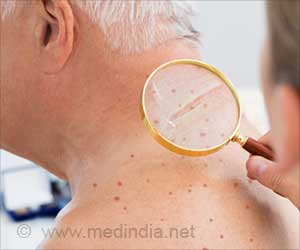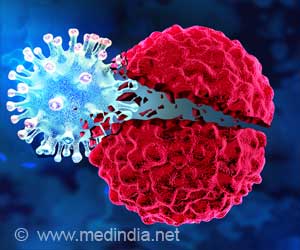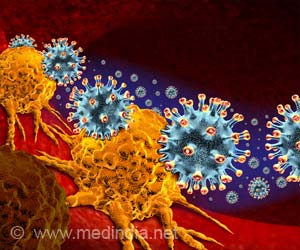Carcinogens is a science-based document that identifies chemical, biological and physical agents that are considered cancer hazards for people living in the U.S.

"Identifying substances in our environment that can make people vulnerable to cancer will help in prevention efforts," said Linda Birnbaum, Ph.D., director of the National Institute of Environmental Health Sciences (NIEHS) and the National Toxicology Program (NTP). "This report provides a valuable resource for health regulatory and research agencies, and it empowers the public with information people can use to reduce exposure to cancer causing substances."
The Report on Carcinogens is a congressionally mandated report prepared for the HHS Secretary by NTP. The report identifies agents, substances, mixtures, or exposures in two categories: known to be a human carcinogen and reasonably anticipated to be a human carcinogen. The new report is available at http:ntp.niehs.nih.gov.
A listing in the report indicates a cancer hazard, but does not by itself mean that a substance will cause cancer. Many factors, including the amount and duration of exposure, and an individual's susceptibility to a substance, can affect whether a person will develop cancer.
One Substance Added as a Known Human Carcinogen
Since 1983, ortho-toluidine has been listed in the Report on Carcinogens as reasonably anticipated to be a human carcinogen. However, new cancer studies led NTP to reevaluate and reclassify ortho-toluidine, and it is now added to the category of known to be a human carcinogen, based on studies in humans showing it causes urinary bladder cancer. Ortho-toluidine is a synthetic chemical produced in other countries and imported into the United States by several companies in high volumes. It is primarily used to make rubber chemicals, pesticides, and dyes. It is also used in some consumer and medical products. People are mainly exposed through the workplace, by skin contact and/or inhalation when using ortho-toluidine. People can also be exposed outside the workplace through sources such as tobacco smoke.
Advertisement
The chemical 1-bromopropane is a colorless to pale yellow liquid used as a solvent in many commercial industries. It is used as a cleaner for optics, electronics, and metals, as well as a solvent for aerosol-applied adhesives such as those used in foam cushion manufacturing. It is also used in dry cleaning and in solvent sprays for aircraft maintenance. Workers in certain occupations may be more exposed to 1-bromopropane than the general population. No human studies were identified that evaluated the relationship between human cancer and exposure specifically to 1-bromopropane. However, inhalation exposure to 1-bromopropane in rodents caused tumors in several organs, including the skin, lungs, and large intestine.
Advertisement
Pentachlorophenol and by-products of its synthesis are complex mixtures of chemicals used as wood preservatives. Because virtually everyone who is exposed to pentachlorophenol is also exposed to its synthesis by-products, they were evaluated together. In the United States, pentachlorophenol has been regulated since the 1980s as a restricted-use pesticide. It is used industrially for treating utility poles, wood pilings, fence posts, and lumber or timber for construction. Most exposure has occurred in settings where workers treat lumber or come in contact with treated lumber. People may also be exposed to this mixture from breathing contaminated air or dust, or from contact with contaminated soil. Exposure to this mixture was associated with an increased risk of non-Hodgkin lymphoma in studies in humans. It also caused tumors in the liver and other organs in mice.
Source-Eurekalert









